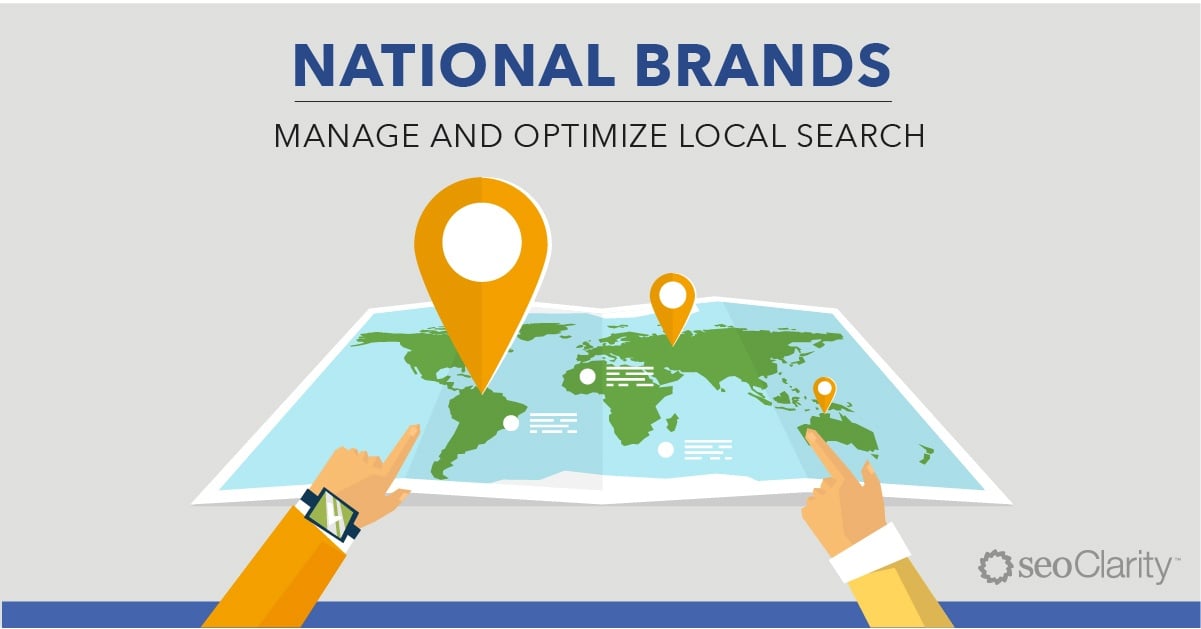Like it or not, we live in a digital landscape where the pace of change greatly outperforms our traditional marketing workflows. With your company’s online visibility shifting on a daily basis, to remain competitive, you really need to react to changes practically as they happen.
Unfortunately, that’s not how many of us work. The traditional modus operandi of many businesses is to first, wait for the data to arrive, then, analyze the change, and finally, create a plan to counteract it. As a result, for many of us, the actual work to improve or even regain online visibility begins way too late.
In an earlier post, I hinted at the coming shift in how we approach marketing - the need to move from being reactive to proactively anticipating customers’ needs and expectations.
And in this article, I will walk through three reasons why, to stay competitive, your organization should use real-time and daily data in digital marketing to truly have an impact on your search visibility.
The Digital Landscape Changes Faster Than We Can Cope
Google released 17 major updates to their search algorithm in the last two years alone.
Big brands like TacoBell or UPS started incorporating virtual assistants like Amazon Echo, or chatbots as buyer touchpoints, practically eliminating the need for human-to-human interaction from many aspects of customer support.
Content has become such a powerful channel that experts estimate it will completely take over the buying process within the next three years. According to Gartner and Forrester, by 2020, 80% of shopping will occur without any need for a human to human interaction. And add real-time personalization, it allows brands to improve email opens, conversion rates, and even reduce cart abandonment.
Changes Force Companies to Think Faster
Today, we must instantly react to any issues, ideally while they happen. To wait a couple of days for the data to analyze, and then carefully plan next actions will not sustain any business in the modern digital landscape. Whatever problems you might be experiencing, to remain competitive, you need to respond within a day at most.
As Bill Bruno, the CEO of Stratigent, a multi-channel analytics platform explained when discussing the need for real-time personalization (note, the emphasis in bold is mine):
“Customer data needs to be segmented, analyzed, and acted on in order to provide the most optimal experience in that moment for those customers and not simply digested 30 days later in a monthly report,” (source)
But, as Bruno suggests, is that for it to happen, you need access to real-time, or daily data.
Platforms like seoClarity continually evolve to bring the most up to date information to you, and alert of any changes as they happen, without forcing you to wait for the data. In fact, Clarity Grid, our new technology stack for SEOs completely re-imagines the way brands connect to their customers. From faster insights to deeper connection between the data, Clarity Grid empowers you to take a more proactive, data-driven approach to your marketing.
But enough theory. Let me show you three, SEO-related examples where real-time data helps boost your competitiveness:
#1. Measure and Assess the Impact of A/B Tests
Testing the effect of using different title tags to rank a page or any other SEO-related element, requires you to compare and analyze rankings and click-through rate. But that typically also requires waiting for weeks for the test data to become available. And then, correlating it to identify the impact of the change BEFORE you can even implement across your site.
The problem, however, is that your brand typically misses many marketing opportunities while you wait for the data to arrive.
Using instant data allows you to spot opportunities much quicker, and improve your online visibility much faster, ultimately, which increases your chances at beating the competition.
#2. Correlate the Data
Fact: be it an SEO test or a content revision, you want to quickly see the impact your changes have made on the page’s performance in SERPs. Of course, in this case, the data cannot be instantaneous. But the shorter the delay, the greater opportunity to push your website’s performance forward.
seoClarity display page level data daily, and typically within 2-3 days you can see the impact the change made to your online visibility. Other enterprise platforms offer weekly data which then can take two or even three weeks to understand the impact of your changes. Real-time analysis and reaction allows a quicker pace to implement. And the results of this, gets you the resources needed to deliver.
#3. Speed Up the Decision-Making Process (While You Improve the Quality of Work)
This point relates closely to one of the arguments I made earlier. Often, the response time to changes is too slow for companies to remain competitive.
Real-time data, however, provides instant and up-to-date insights required for any team to create a plan to tackle whatever challenge they face, from a sudden loss of rankings to drops in customer satisfaction levels.
But to make this point more specific to a needs of a typical SEO and digital marketing team, access to instant information could result in a much faster identification of specific trends that could help create, and position new and highly-relevant content in front of the target audience. Real-time also data provides insights into competitor’s new strategy right after they’ve launched, and improves your reaction time, preventing loss of valuable online visibility.
Not to mention, that when you correlate the most current insight with historical data, it provides a glance into the emerging trends and customers’ needs and expectations, that you could use to position your site in search appropriately.
Real-Time Data Influences Decision-Making to Create Action
Let me close with a quote that I believe ideally sums up the benefits of incorporating real-time data in marketing. It comes from Jehan Hamedi, the CEO of AdHark, who said:
“The power of real-time marketing is in knowing, not guessing.”







Comments
Currently, there are no comments. Be the first to post one!